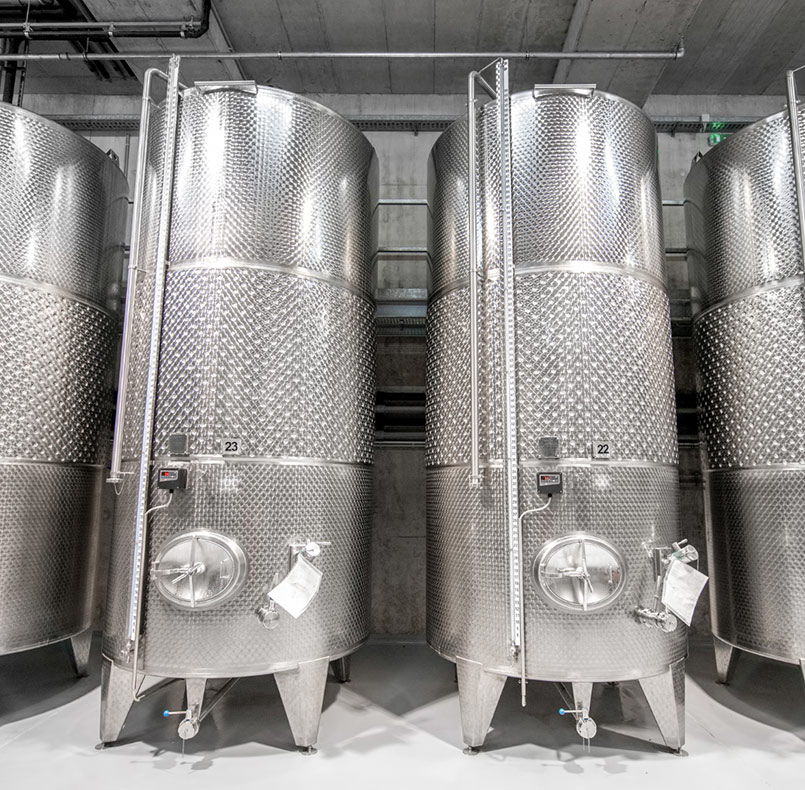
Storage
Water storage operations refer to the collection, storage and management of water for future purposes. This process is essential to ensure a reliable supply of drinking water, agriculture, industry and other uses, especially in areas where water resources may be limited. Here is a detailed description of how the water storage application works:
Water storage
The first stage of water storage application involves collecting water from available sources. These sources may include rainfall, rivers, lakes, wells or groundwater. Harvesting can take place through canal systems, dams, reservoirs or wells.
Filtration and Treatment
Before being stored, water usually undergoes filtration and treatment processes to remove contaminants, bacteria, sediments and harmful chemicals. This ensures that the water is safe for human consumption or other specific uses.
Storage
Once treated, the water is stored in specially designed reservoirs, basins or reserves. Storage capacity can vary from small domestic containers to huge reservoirs used to supply entire communities or cities. It is important to keep stored water hygienic and safe from external contamination.
Distribution
After being stored, water is distributed to consumers through water distribution networks. These networks include pipes, tubes and installations that transport water from reservoirs or reserves to points of consumption, such as homes, businesses, agriculture and industry.
Flow regulation
In many water storage systems, valves and regulating devices are used to control the flow of water as required. This may involve adjusting levels in tanks or managing water according to seasonal needs.
Maintenance and Monitoring
Constant monitoring of the quality of stored water and storage facilities is essential. Regular checks are necessary to ensure that there are no leaks, contamination or deterioration of the facilities.
Savings and sustainable management
Many water storage applications include sustainable management strategies to optimise water use and reduce waste. This may involve practices such as wastewater recycling, rainwater harvesting and advanced monitoring to identify and address leaks.
Emergency Management
In emergency situations, such as droughts or natural disasters, water storage can be crucial to ensure a continuous supply of drinking water for those affected.
The application of water storage is crucial to ensure a reliable and safe water supply for various human and economic needs. The effective design, maintenance and management of these infrastructures are crucial for the well-being of communities and environmental sustainability.
